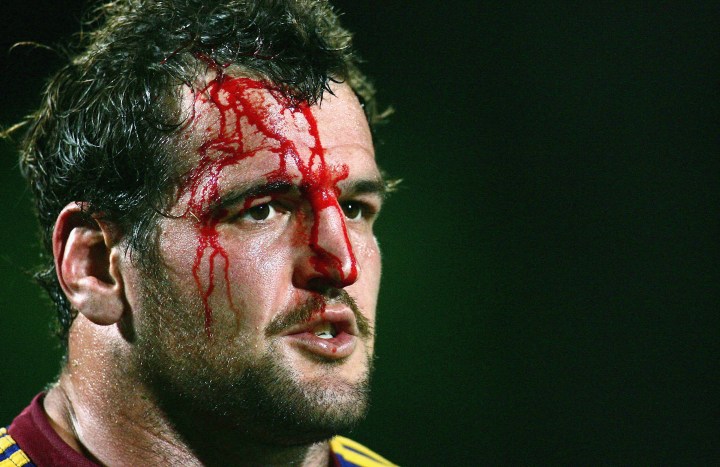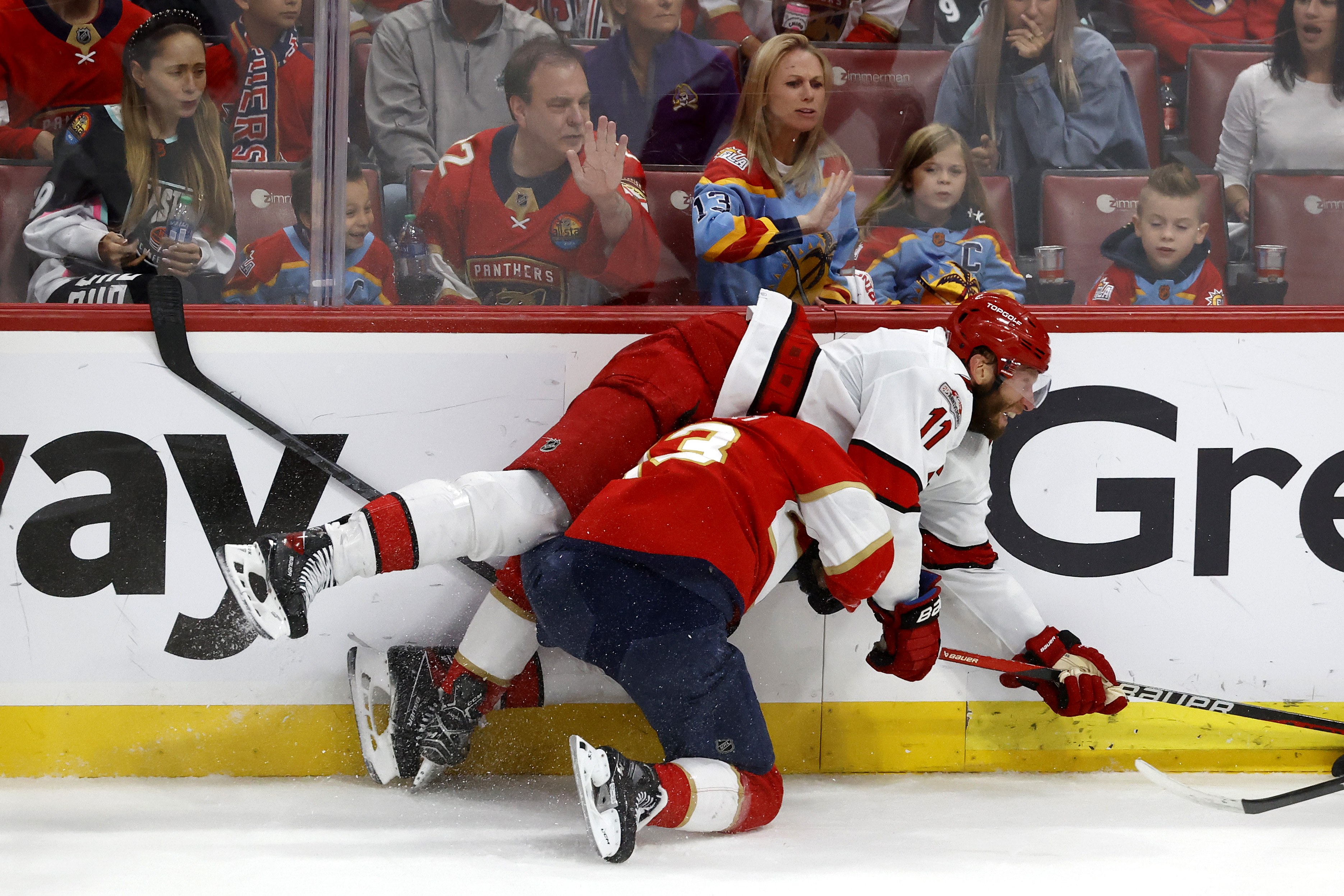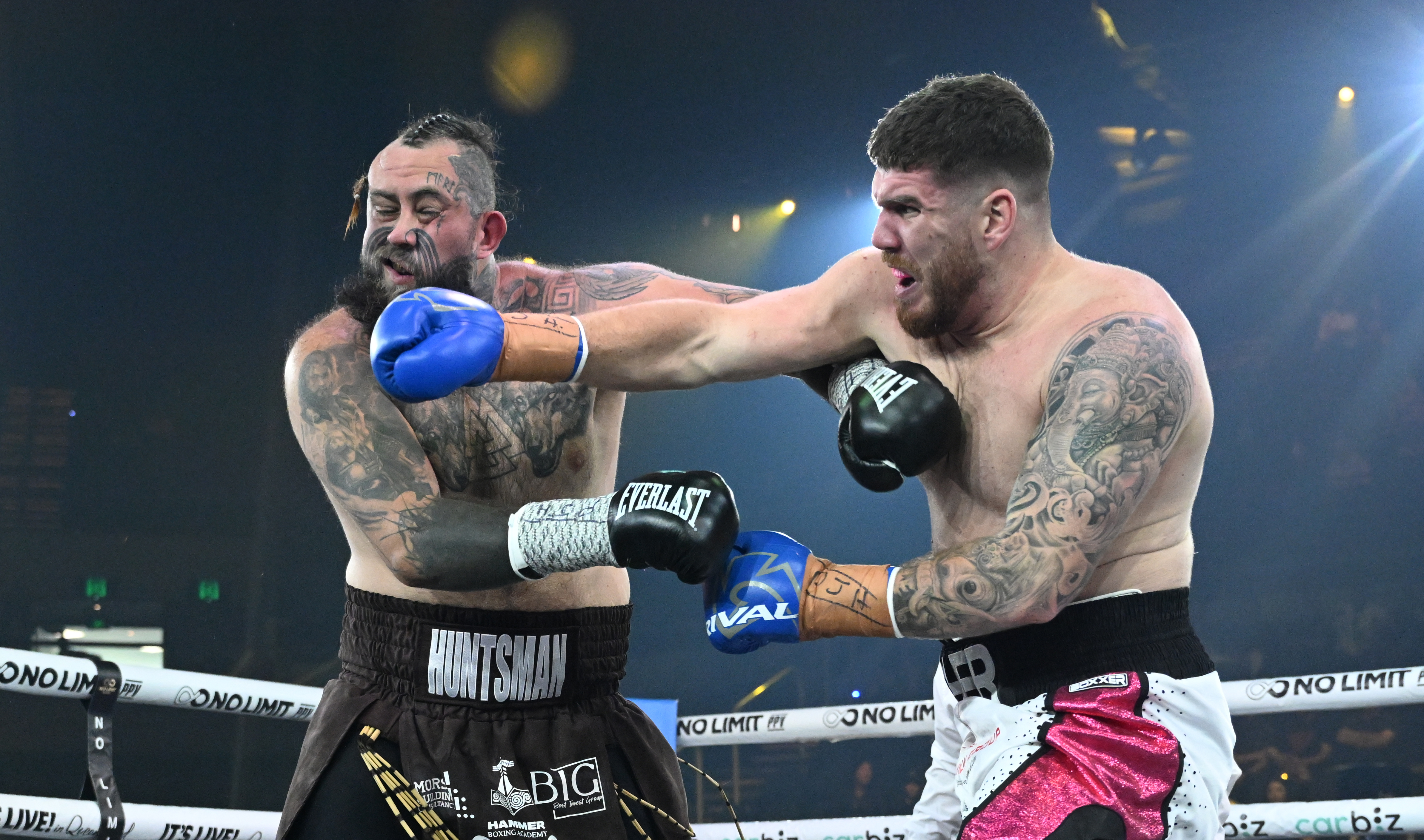IMPACT TRAUMA FINDINGS
International expert panel revises concussion protocols to mitigate against harmful consequences

Concussion and its harmful impact are on the frontline battle of the sports medical field as more and more athletes suffer the effects of brain trauma later in life.
This week, a short documentary about the battle former All Black prop Carl Hayman is fighting against early onset dementia and chronic traumatic encephalopathy (CTE) aired in New Zealand.
The crux of the moving piece from 1news.co.nz, in which Hayman, once the most feared prop in world rugby and the highest-paid player on the planet, is how he is reduced to a shell of his former self. He described every game of rugby as being in a weekly car crash.
It’s a sad and cautionary tale in equal measure. It shows both sides of the potential dangers of, in this case rugby, all contact and collision sports. The glory and the aftermath.
Repeated trauma to the head damages the brain in ways that scientists are only starting to fully comprehend. Not every sportsperson involved in contact sports ends with early-onset dementia, but that doesn’t mean its causes shouldn’t be studied.
This is why the medical field continues to work towards a wide range of solutions and preventative measures for all sports.
It’s an unpopular field for obvious reasons. The identities of rugby, NFL, soccer (the act of heading a ball), combat sports and other disciplines are intricately linked to contact. Take those away and those sports cease to exist in their current form, or perhaps at all.
But there is no escaping that contact and collisions are irrefutably a cause of concussion. And concussions are increasingly tied to brain injuries that manifest in myriad ways.

Ice Hockey is another collision sport that is prone to a high amount of athletes suffering concussions. (Photo: Joel Auerbach/Getty Images)
New protocols
Which is why last week’s publication of a Consensus Statement endorsed by more than 100 leading doctors, with new protocols to manage concussion, is vital.
The new outlines, which were the result of continued study based on the outcomes from the International Conference on Concussion in Sport, held in Amsterdam in October 2022, are clearer and more wide-ranging.
The Statement is informed by 10 systematic reviews and methodology outlining the new consensus process, which took more than five years to develop.
In a bid to be more transparent and inclusive, the process adopted anonymous voting, alternative viewpoints, open declarations of potential conflicts of interest, and included the views of athletes, a focus on para-athletes, and ethical perspectives.
One of the interesting outcomes was that contrary to previous recommendations, strict rest for athletes diagnosed with concussion, is not deemed necessary.
The Statement includes a series of new and updated age-appropriate tools for clinicians and sports organisations to help them better identify and manage sports-related concussion in the short— 72 hours to seven days after injury — and longer term.
It features new evidence-based strategies for returning to active sport and education after concussion; early exercise and treatment recommendations; approaches to prevention; targeted rehabilitation; potential long-term health effects; and a call for a working group to be set up to guide further research on the potential long-term effects of concussion on health.

Troy Pilcher lands a punch on Hasely Hepi during the Queensland State Heavyweight Title fight. Boxers and other combat sports participants routinely suffer concussions. (Photo: EPA-EFE/Darren England)
Key recommendations:
Prevention
- Policy or rule changes to minimise collisions, such as disallowing body checking in ice hockey — a defensive move in which the player tries to separate the puck from his/her opponent
- Neuromuscular training — aerobic, balance, strength, agility exercises — in warm-ups
- Mouthguard use in ice hockey (all ages)
- Implementing laws and protocols, such as mandatory removal from play after actual or suspected concussion; healthcare professional clearance to return to play; and education of coaches, parents, and athletes on the signs and symptoms of concussion.
Early interventions
- Strict rest isn’t recommended. There’s now stronger evidence that light-intensity physical activity, such as routine activities of daily living, and aerobic exercise, such as walking and stationary cycling, can aid recovery, as can limiting screen time during the first 48 hours.
Rehabilitation
- For those experiencing dizziness, neck pain and/or headaches for more than 10 days, the Statement recommends cervico-vestibular rehabilitation — physiotherapy exercises to improve strength and flexibility in the neck and balance.
- Rehabilitation should be targeted to the needs of the individual.
Persisting symptoms
-
Multidisciplinary team assessment to identify types, pattern, and severity of symptoms and any other contributory factors is advised for those with symptoms lasting more than 4 weeks.
Recovery
- Advanced neuroimaging, biomarkers (chemical signals from nerves or blood vessels), genetic tests, and other emerging technologies to assess recovery are useful for research into the diagnosis, outlook, and recovery from sports-related concussion, says the Statement. But as yet, they are some way off from being used in clinical practice.
Return to education and sport
- Academic support may be needed for some athletes in the form of a return to learn strategy: this can include modified school attendance, limiting screen time, avoiding any contact sports or gameplay, extra time to complete assignments/homework or tests.
- A phased programme of return to physical activity is now recommended, with full sports participation usually occurring within one month of injury.
- But it’s best to manage athletes on an individual basis, accounting for specific factors that may affect their recovery, such as a history of migraine, anxiety, and social factors.
Potential long-term effects
- The Statement notes the “increasing societal concern about possible problems with later in life brain health in former athletes, such as mental health problems, cognitive impairment and neurological diseases.”
- But the studies to date on the links between early sports participation and later-life cognitive impairment and dementia are limited because they haven’t been able to adjust for a range of potentially highly influential factors, it says.
- But it’s reasonable to consider that repeated head impact may be associated with chronic traumatic encephalopathy neuropathologic change (CTE-NC), a neurological disease uniquely associated with a previous history of repetitive head impact, it says.
Evidence gaps still to be filled
- There’s limited evidence on the management of sports-related concussion in 5-12 year-olds and in para-sport athletes, who are known to be at heightened risk of sports-related concussion.
- And little research on concussion exists for certain regions of the world, diverse cultural contexts, sex and genders.
“This Statement sets out a range of new evidence-based recommendations, including those for concussion prevention as well as new versions of the concussion assessment tools and return to sport and education strategies,” said Consensus Statement co-chair, Dr Kathryn Schneider of the University of Calgary.
“We encourage clinicians and sports organisations to adapt these recommendations to their own geographic and cultural environments to optimise the care of athletes who have sustained, or who are at risk of, concussion around the globe,” she added.
Leading South African sports scientist, Professor Jon Patricios of Wits University noted: “The differentiating aspects of this latest Concussion Consensus are the rigorous methodological process we adopted, the new generation of tools available to clinicians, and the emphasis on the positive impact of exercise and targeted rehabilitation as effective interventions.
“These have the potential to positively change the management of sport-related concussion.” DM
Links to the full study can be found here.



















 Become an Insider
Become an Insider
Comments - Please login in order to comment.